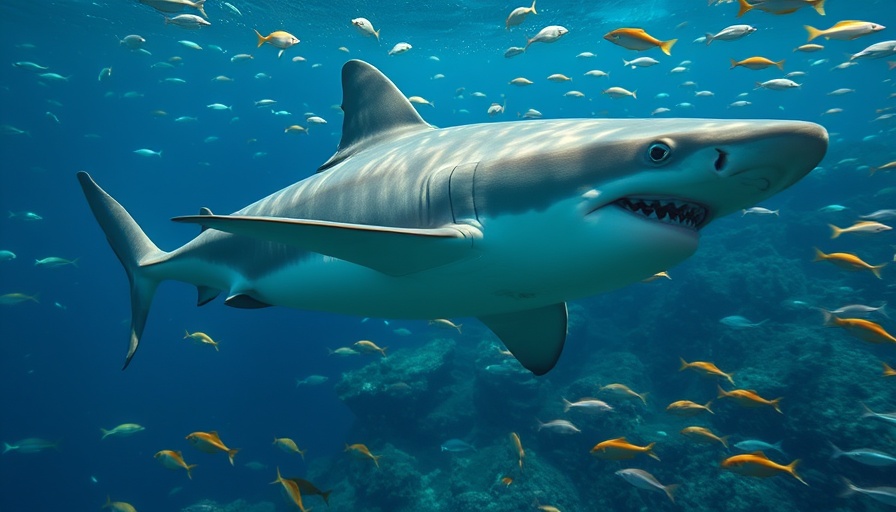
A Shark Bite Incident at Cayo Costa: What You Need to Know
On a night that was supposed to be perfect for fishing, a 47-year-old man found himself in a dangerous situation at Cayo Costa beach when he was bitten by a shark. This incident, occurring around 10:55 p.m., prompted swift action from the Boca Grande Fire Department, as first responders rushed to treat the injuries on scene before airlifting the victim to Gulf Coast Medical for further care.
The Natural Beauty of Cayo Costa and Its Hidden Risks
Cayo Costa State Park is famed for its pristine beaches and picturesque landscapes. However, it’s not just an idyllic getaway; the waters around this Florida gem are also home to various marine life, including sharks. While shark attacks remain rare in these areas, such incidents serve as a stark reminder that nature holds both beauty and peril.
Understanding Shark Behavior: How Common Are Attacks?
Shark attacks often spark fear among beachgoers, but data shows they are infrequent. According to the Florida Museum of Natural History, the state experiences an average of 16 shark attacks per year, with only a fraction resulting in serious injury. Education about shark behavior can enhance safety; most sharks are not aggressive toward humans, often biting out of curiosity.
Safety Precautions for Beachgoers: Tips to Avoid Dangerous Encounters
With the rise in water activities and increased encounters with wildlife, it's essential for beachgoers to take preventive measures. Some practical tips include:
- Avoid swimming during dawn and dusk when sharks are most active.
- Steer clear of schools of fish and areas where seals are present.
- Refrain from wearing shiny jewelry that may attract sharks.
- Be cautious of swimming alone, as more people can deter potential encounters.
Being informed about these tips can make a significant difference in enhancing your beach experience.
The Role of Technology in Shark Safety: Are Drones the Future?
In recent years, the use of drones has gained traction in monitoring beach safety. Equipped with cameras, drones help lifeguards keep a watchful eye on the water for potential dangers, including shark sightings. This innovative technology not only increases the safety of beachgoers but also provides real-time data to monitor marine life.
Community Response: What Happens Next?
The local community’s response to the shark bite incident is crucial. Following such events, the Boca Grande Fire Department and other local agencies typically assess the situation and implement additional safety measures, including signage and public awareness campaigns to prepare residents and tourists for potential shark encounters.
Final Thoughts: Enjoying Florida’s Waters Responsibly
While the allure of Florida's beautiful beaches can be irresistible, it’s vital to respect the ocean and its inhabitants. Understanding shark behaviors, staying informed about safety precautions, and leveraging technology can enhance our enjoyment while minimizing risks.
If you or someone you know frequents these waters, consider reviewing these tips and spreading awareness to ensure that our beach outings remain enjoyable and safe for everyone.
 Add Row
Add Row  Add
Add 




Write A Comment